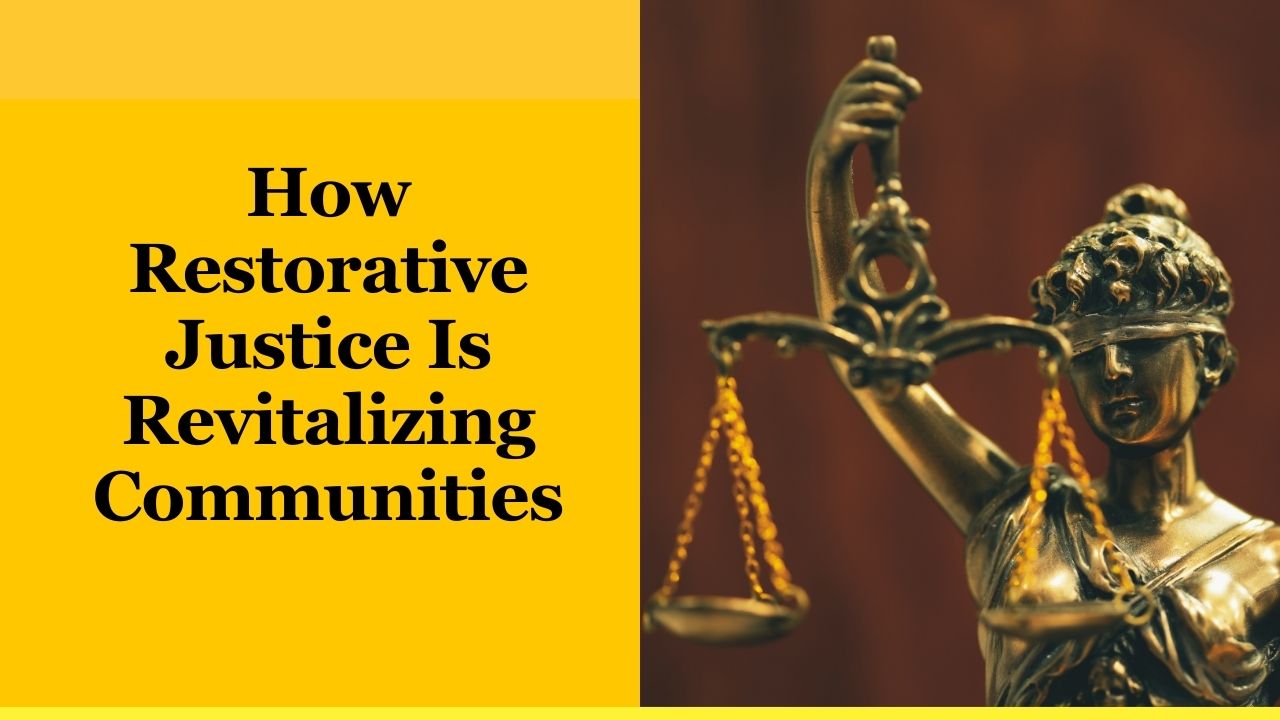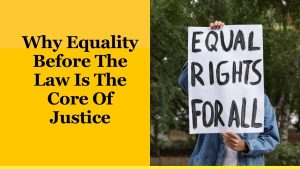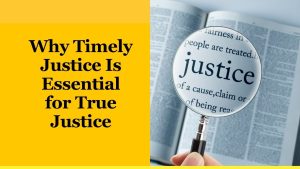Communities worldwide are witnessing the transformative power of restorative justice (RJ).
Unlike traditional punitive systems that prioritize punishment, restorative justice focuses on healing harm, rebuilding relationships, and strengthening community bonds.
In 2025, this approach is not just an alternative to traditional justice — it is revitalizing communities by reducing recidivism, empowering victims, and reintegrating offenders as responsible community members.
By centering people over punishment, restorative justice is helping to break cycles of crime and mistrust, creating safer, more resilient neighborhoods.
Understanding Restorative Justice: Core Principles
Restorative justice sees crime as more than a violation of laws — it is a violation of people and relationships.
Instead of focusing on punishment, RJ emphasizes repairing harm through dialogue, accountability, and community support.
Key Principles:
- Inclusion: All stakeholders—victims, offenders, and community members—actively participate.
- Accountability: Offenders take responsibility and work to repair the harm.
- Healing: Victims receive validation, answers, and support.
- Reintegration: Both parties are supported in returning to the community.
This relationship-centered model is proving essential in building justice systems that are empathetic, cost-effective, and community-driven.
Restorative vs. Traditional Justice: A Shift in Focus
| Aspect | Traditional Justice | Restorative Justice |
|---|---|---|
| Goal | Punish the offender | Repair harm and relationships |
| Focus | Laws broken, rules violated | People harmed, relationships damaged |
| Process | State prosecutes offender | Dialogue between all stakeholders |
| Victim Role | Passive, often excluded | Central, active participant |
| Outcome | Fines, jail, probation | Apologies, restitution, community service |
This shift from retribution to restoration is revitalizing trust between communities and justice systems, especially in neighborhoods most impacted by incarceration and crime.
Measurable Impact of Restorative Justice in 2025
Restorative justice is delivering measurable, positive outcomes across key indicators — from crime reduction to community cohesion.
| Indicator | Traditional System | Restorative Justice Programs |
|---|---|---|
| Recidivism (reoffending) rate | 60% within 3 years | 22–25% within 3 years |
| Victim satisfaction rate | 38% | 85–90% |
| Offender compliance with agreements | 57% | 90–95% |
| Average resolution time | 6–12 months | 2–3 months |
| Program cost per case | $25,000+ | $6,000–$7,500 |
These figures highlight how restorative justice not only revitalizes communities socially but also delivers economic and systemic benefits, freeing up resources for education, housing, and public health.
Strengthening Communities Through Restorative Practices
Restoring Trust Between People and Systems
Many communities—especially marginalized ones—have long suffered from deep mistrust of justice institutions. Restorative justice rebuilds trust by:
- Giving victims a voice and validation
- Allowing offenders to face those they harmed
- Involving community members as supporters and witnesses
This transparency and dialogue rebuilds faith in justice processes, helping communities feel heard, respected, and empowered.
Breaking the Cycle of Crime
Traditional punitive systems often push people deeper into crime by isolating them from society. RJ interrupts this cycle by:
- Providing personalized accountability plans
- Reconnecting offenders with education, employment, and mentorship
- Reducing stigma so they can reintegrate successfully
With recidivism rates dropping below 25% in many programs, restorative justice is helping transform former offenders into positive contributors.
Empowering Victims to Heal
Victims are often sidelined in traditional courtrooms. RJ restores their central role by:
- Allowing them to speak directly with the offender
- Getting answers to unresolved questions
- Helping decide what reparations look like
This active participation accelerates emotional healing and builds community solidarity around victims rather than isolating them.
Rebuilding Youth Pathways
Young people benefit especially from RJ. Instead of being funneled into juvenile detention, youth are:
- Held accountable through mentorship, restitution, and community service
- Given access to school-based RJ circles and peer mediation
- Taught conflict resolution, empathy, and responsibility
Communities with school-based RJ programs have seen suspensions drop by up to 50% and graduation rates increase, showing RJ’s power to revitalize youth futures.
Restorative Justice in Action: Schools, Courts, and Neighborhoods
In Schools
- Replaces suspensions and expulsions with restorative circles and dialogue
- Improves attendance, behavior, and equity outcomes
- Reduces racial discipline disparities, strengthening inclusion
In Criminal Courts
- Used as a diversion for first-time and non-violent cases
- Resolves cases faster and with higher victim satisfaction
- Allows offenders to avoid permanent criminal records
In Neighborhoods
- Used to mediate community conflicts and neighborhood disputes
- Addresses issues like graffiti, vandalism, and minor assaults
- Strengthens social bonds and collective responsibility
These applications are proving that RJ can revitalize entire ecosystems of trust, safety, and cooperation.
Why Communities Are Embracing Restorative Justice
Lower Costs
RJ programs often cost 70–80% less than traditional prosecution and incarceration, saving public funds that can be reinvested in housing, health, and education.
Faster Case Resolution
By resolving cases in 2–3 months instead of nearly a year, RJ reduces court backlogs and gives all parties closure.
Improved Community Safety
Lower recidivism and stronger reintegration create safer public spaces and reduce long-term crime rates.
Cultural Transformation
RJ promotes a culture of empathy, dialogue, and collective care, reshaping how communities respond to conflict.
Challenges Facing Restorative Justice Expansion
Despite its success, RJ still faces barriers that communities must address:
- Limited funding for trained facilitators and program infrastructure
- Resistance from traditional justice actors concerned about leniency
- Inconsistent standards and training across jurisdictions
- Public misconceptions that RJ replaces accountability with forgiveness
Overcoming these challenges will ensure RJ’s scaling is safe, effective, and community-driven.
The Future of Restorative Justice in 2025 and Beyond
Restorative justice is no longer experimental — it is becoming mainstream policy. Over 40 U.S. states and dozens of cities worldwide now run RJ programs, and expansion is accelerating.
Emerging trends include:
- Digital RJ platforms enabling virtual conferences
- Trauma-informed training for facilitators
- Integration with mental health and reentry services
- Legislation mandating RJ diversion for youth and minor cases
If these trends continue, restorative justice could reshape justice systems into engines of community revitalization, not punishment.
Restorative justice is revitalizing communities by transforming justice from punishment to healing. It lowers recidivism, empowers victims, reduces costs, and strengthens social bonds.
As more schools, courts, and neighborhoods adopt restorative approaches, they are seeing safer streets, stronger relationships, and renewed hope.
RJ shows that justice can repair, not just punish — and that true public safety comes from belonging, accountability, and community care.
FAQs
How does restorative justice revitalize communities?
It rebuilds trust, lowers crime, supports victims, and reintegrates offenders as responsible members, making communities safer and stronger.
Is restorative justice effective for serious crimes?
Yes, when done carefully, RJ has helped even in serious cases by providing closure for victims and accountability for offenders.
Does restorative justice replace traditional justice?
No, it complements traditional systems. It’s best used as diversion, prevention, and reintegration, while courts handle severe cases needing incarceration.




